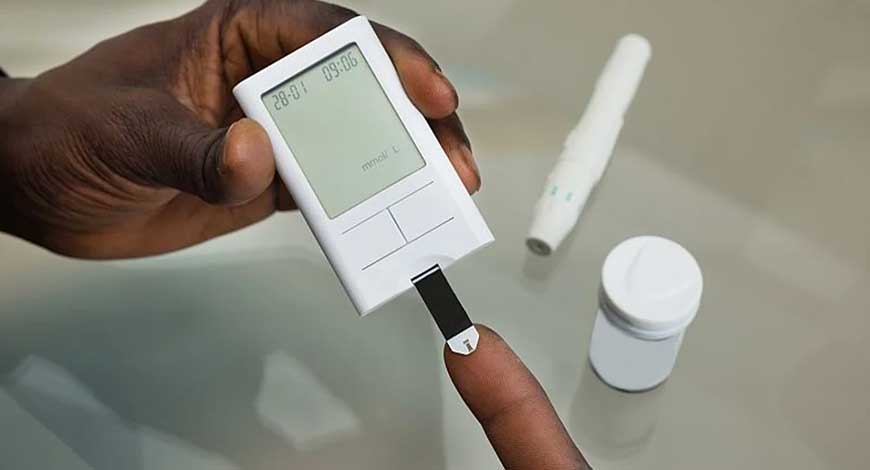This article highlights he differences between intended use and indications of use, along with their significance.

Table of Contents
In the highly regulated world of medical devices, precision in terminology makes a significant impact. It is important for preparing the right product, marketing it and communicating with the regulatory authorities for approval.
Two crucial statements that play a vital role in medical devices are the “Intended Use” and “Indications of Use.”
These statements serve distinct purposes and hold immense significance in ensuring the safety, effectiveness, and appropriate usage of products.
Understanding these distinctions is not only a matter of clear communication but a cornerstone of ensuring that medical devices meet regulatory standards and effectively fulfill their intended purpose in patient care.
Intended Use
“Intended use” refer to the general purpose of a product, which is the objective intent of the persons legally responsible for labeling a product (or their representatives).
This intent may be shown by expressions, the design or composition of the product, or by the circumstances surrounding the distribution of a product.
For e.g The intended use of a Blood Glucose Monitor is to provide individuals diagnosed with diabetes the means to self-monitor their blood glucose levels in order to manage their condition and make informed decisions regarding their dietary and medication needs.”
This statement outlines the device’s primary purpose and how it’s meant to benefit individuals with diabetes.
Importance of Intended Use Statement
Regulatory Compliance
Precise statements about the intended use of a product are crucial for regulatory compliance. Regulatory bodies, such as the Food and Drug Administration (FDA)require manufacturers to provide a clear definition of the intended use when seeking approval or clearance for their products.
Product Classification
Defining the intended use is vital for product classification, affecting regulatory scrutiny, testing, and compliance. Accurate statements are crucial for the right regulatory pathway.
Safety and Risk Assessment
The intended use statement identifies safety risks, aiding evaluation by regulators, healthcare providers, and users for product suitability and potential risks beyond its intended scope.
Indications of Use
An indication of use in terms of medical devices specifies the intended purpose and conditions for which a device is designed.
It outlines the functions, target population, and specific medical applications the device is meant for.
This information is essential for regulatory clearance, ensuring that the device is safe and effective for its intended use.
For example A Blood Glucose Monitor is used by individuals with diabetes.
The indication of use for this device might state that it is intended for “self-monitoring of blood glucose levels in adult patients with diabetes.”
In this instance, the indication specifies the device’s function (blood glucose monitoring) and its target population (adult patients with diabetes), ensuring safe and appropriate use for those individuals.
Importance of Indications of Use Statement
Clinical Decision-Making
Indications of use help healthcare providers make informed treatment decisions by specifying tested and effective uses for patients.
Patient Safety
Precise indications of use prevent misuse, reducing patient risks, and ensuring safe, effective treatment.
Marketing and Promotion
Indications of use help in aligning marketing messages with the approved indications, preventing misleading claims or off-label promotion.
By adhering to the indicated uses, manufacturers can build trust and credibility among healthcare professionals and consumers.
Conclusion
Understanding the difference between intended use and indications of use is important to ensuring the compliance, safety, and effectiveness of medical devices.
Intended use sets the foundation, guiding regulatory compliance and classification, while indications of use provide detailed instructions for safe and effective usage.
This precision is essential for patient safety, clinical decision-making, and marketing alignment, ultimately fostering trust among stakeholders and enhancing the success of healthcare products.
How Can RegDesk Help?
RegDesk is an AI-powered Regulatory Information Management System (RIMS) designed to simplify global compliance for medical device companies. With regulatory intelligence covering 120+ markets, RegDesk helps you prepare and publish global submissions, manage standards, conduct impact assessments, and stay ahead of regulatory changes all from a single, centralized platform. Expanding into new markets has never been easier.


